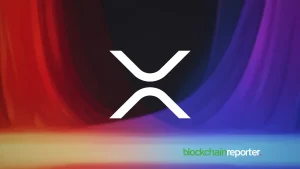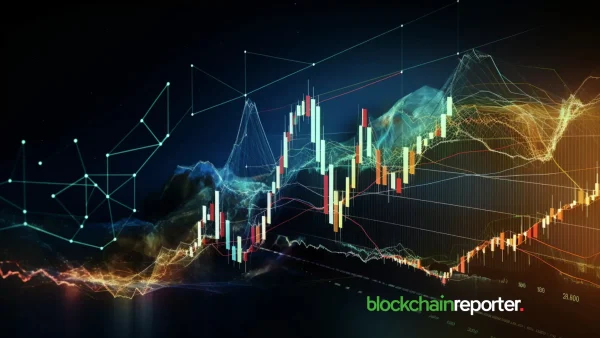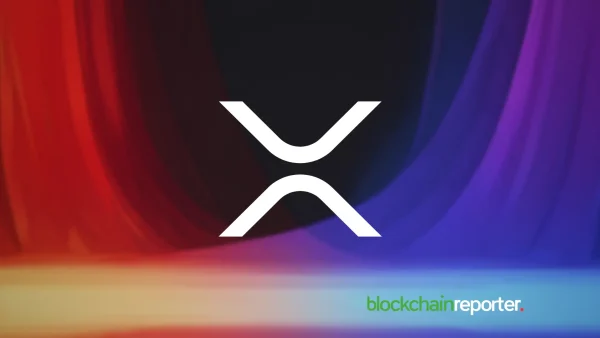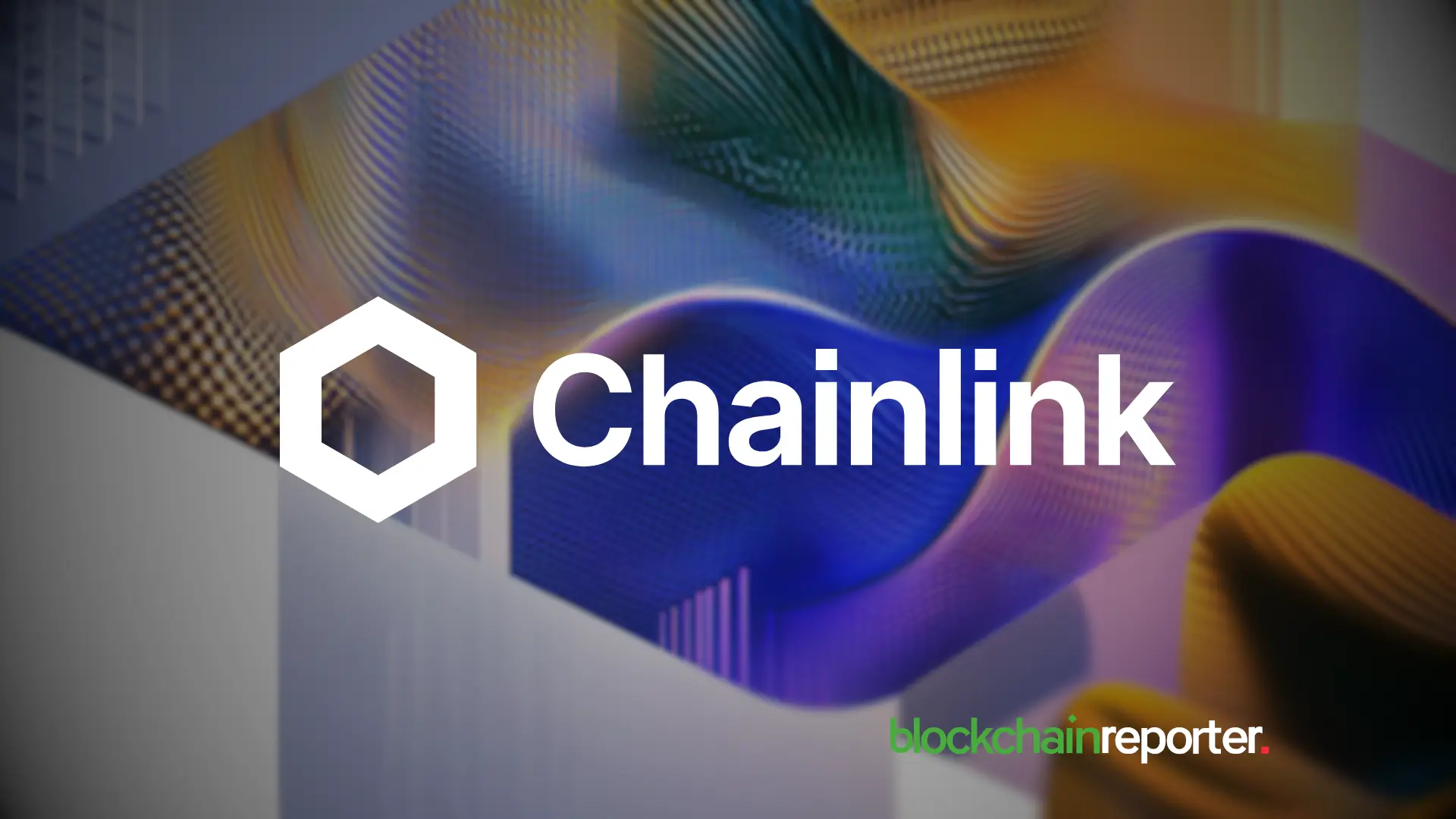
Let’s dive into what’s happening with Chainlink (LINK) right now. As it stands, LINK is trading around $20.11, showing a slight increase of 0.17 from the previous close. So, not a huge jump, but it’s holding steady. Today’s high reached $20.64, while the low dipped to $19.81, showing a bit of fluctuation but nothing too dramatic.
Over the past week, though, LINK hasn’t had the best time—it’s down by about 14.6%. If we zoom out to the monthly picture, the losses extend to roughly 16.6%. However, if you look at the bigger picture over the past year, LINK has actually climbed by an impressive 41.7%. It’s one of those assets that seems to perform well in the long term, even if the short-term dips are a bit nerve-wracking.
Chainlink Price Analysis
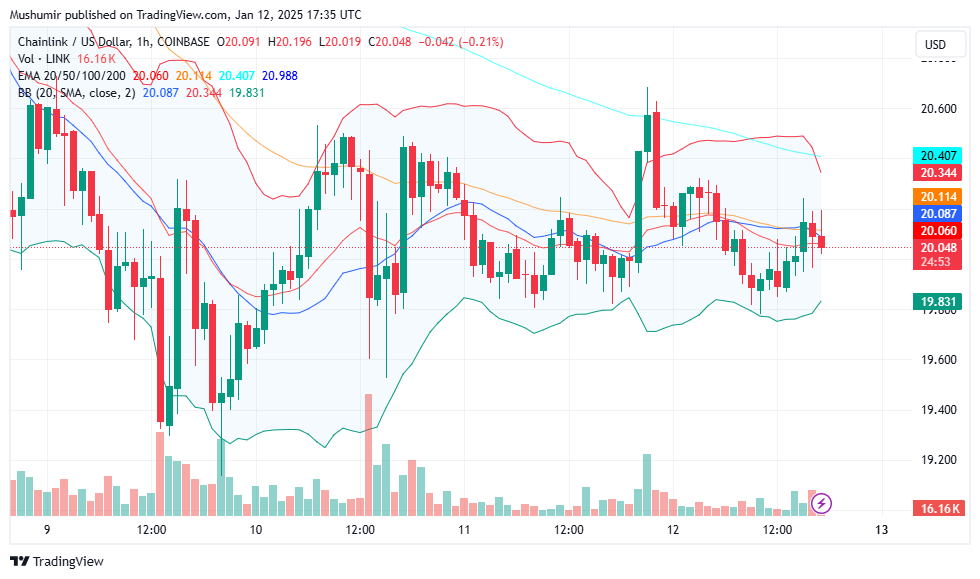
Now, let’s talk technicals. The RSI is sitting at 62, which is interesting because it’s edging toward overbought territory but isn’t quite there yet. This usually signals that there’s some buying momentum, but it’s not extreme. On the other hand, the MACD—a key momentum indicator—shows a value of 0.09, which leans bullish. It’s telling us there’s still a bit of upward energy in the market for LINK.
Looking at moving averages, things get more exciting. The 5-day SMA and EMA are both hovering around $18.24 and $18.27, respectively, and since LINK’s current price is above these levels, it’s a positive sign for short-term growth. These averages suggest buyers are in control right now, pushing the price higher.
Now for the key levels to watch. Support is sitting around $19.50, which is where we’d expect buyers to jump in and prevent the price from falling further. If LINK does dip below that, the next safety net is around $18.50. On the flip side, resistance is at $25 and $30. Breaking through these levels could open the door to some serious gains, but it’s going to need strong momentum to make that happen.
So, what’s the bottom line here? LINK is looking pretty solid from a technical standpoint. It’s showing signs of bullishness in the short term, and its long-term performance has been strong. As always, though, it’s crucial to keep an eye on those support and resistance levels to gauge where the price might head next. If the overall crypto market plays nice, LINK could be gearing up for another leg upward.
Chainlink Price Prediction
Predicting the exact price of LINK involves analyzing various factors, including market sentiment, technological developments, and macroeconomic conditions. According to expert Chainlink price predictions, the coin is anticipated to trade between $17.45 and $49.04 in 2025, leading to an average annualized price of approximately $28.73.
Additionally, analysts project that Chainlink’s price will hit $25 by mid-2025 and $50 by mid-2028. However, it’s important to note that these LINK price predictions are speculative and subject to change based on market dynamics, investor behavior, and external factors influencing the cryptocurrency market.
Frequently Asked Questions (FAQs)
What is Chainlink?
Chainlink is a decentralized oracle network that enables smart contracts on blockchains to securely interact with external data sources, APIs, and payment systems.
Is Chainlink a good investment?
Investing in LINK carries inherent risks due to its volatility and the speculative nature of cryptocurrencies. Potential investors should conduct thorough research, assess their risk tolerance, and consider consulting financial advisors before making investment decisions.
What are the risks associated with investing in Chainlink?
Cryptocurrencies are known for significant price fluctuations. LINK’s value can be influenced by speculation rather than fundamental value.
Investment Risk Consideration
Investing in Chainlink, like all cryptocurrencies, carries inherent risks due to market volatility, regulatory uncertainties, and technological factors. It’s crucial for investors to conduct thorough research, assess their risk tolerance, and consider consulting financial advisors before making investment decisions. Diversifying investment portfolios and staying informed about market trends can also help mitigate potential risks.



